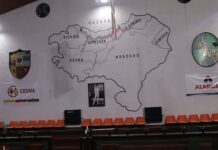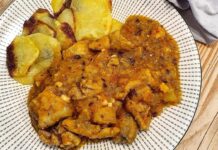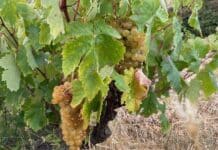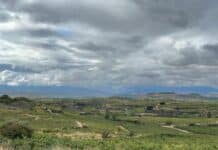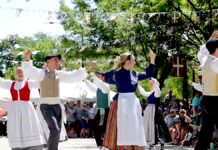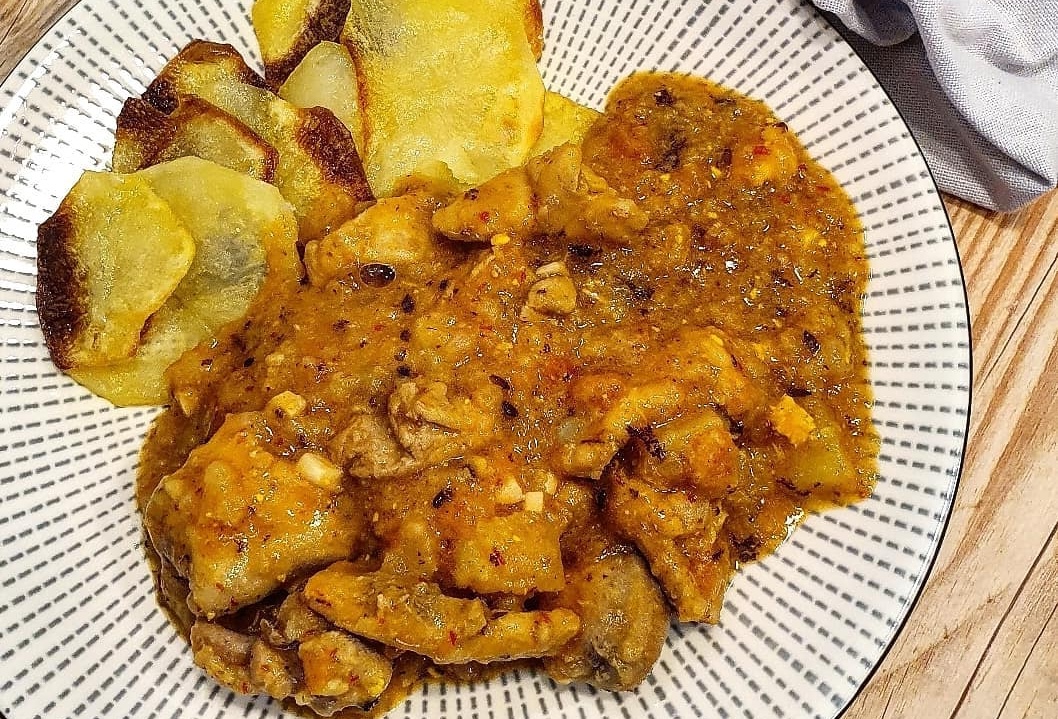We just found an article in the Argentine daily El Cronista (which we’ve referenced on other occasions) about “pollo al batzoki.” This recipe was published in 1933 by Bilbao-born culinary expert María Mestayer de Echagüe (who also used the pseudonyms “Mirentxu” and the “Marchioness of Parabere”) in her book Platos escogidos de la cocina vasca (Selected Dishes of Basque Cuisine).
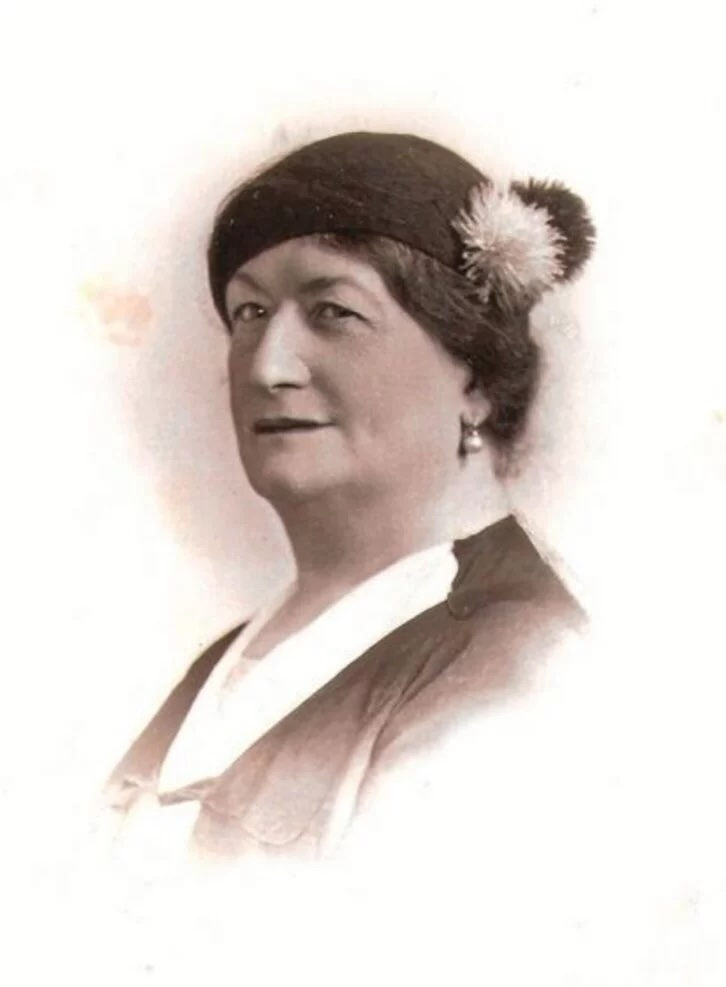

We were struck by the name of the recipe, as well as how popular it’s become online. So we decided to dig a little deeper.
For those who don’t know the Basque Country well, the term “batzoki” probably means nothing. But for those of us who do, we’ll recall the meeting houses of the Basque Nationalist Party, which have, since the beginning, used this word, from the Basque “batu” (unite) and “toki” (place), to describe the places where they met, bringing together political action, social culture, and of course, cuisine.
But what does a batzoki have to do with a woman born in Bilbao to French parents at the end of the 19th century, who went on to become a leading figure in cuisine in the 1930s and ’40s, and whose books are still on bookstore shelves?
Because it must be obvious that choosing that name for a dish cannot be mere coincidence. After reading her biography, it was a bit clearer.
We can clearly see that she was not a quiet person who was willing to be tied down to her pre-assigned role as an “upper-class” woman in the society of the time.
She married at 24, but despite her lack of knowledge of cooking, didn’t want her husband to eat out every day at the Sociedad Bilbaína, very close to their home. Her husband was Ramón Echagüe Churruca, and they would have eight children and live on Ibáñez de Bilbao Street, and were neighbors with businessman Ramón de la Sota, whom we’ll hear more about later.
She was a capable and decided woman, and went from being a complete novice about cuisine to being and expert. And she started her climb as a culinary writer in some newspapers, including La Nación in Buenos Aires. At first, she used the pseudonym “Maritxu,” but then chose one that would accompany her on her rise to fame, as the “Marchioness of Parabere.”
She also starting giving cooking and pastry classes in Bilbao to the women of Acción Católica, in the nearby parish of St. Vincent of Abando, at the Sagrado Corazón School, and at Emakume Abertzale Batza, an association of women affiliated with the Basque Nationalist Party. If Acción Católica was a breeding ground for Basque nationalists at the time, the EAB was an essential part of growth in the movement.
So it cannot be, indeed it is not, a coincidence or an accident that she chose these places to offer her courses. Likewise, neither is the name of “pollo al batzoki” that we’re speaking of today.
Similarly, her and her husband’s friendship with Ramón de la Sota, the Basque businessman and politician who was a key player in the BNP from its founding, was not a coincidence, either. De la Sota was renowned for being a “possiblist” in his political standings, and in his campaign to be elected the representative for Balmaseda in the Spanish Parliament claimed:
«Tenemos que elegir mandatarios para un organismo extraño, para las Cortes españolas de Madrid. Los diputados vascos que a ellas llevemos deben saber que son extranjeros en esas Cortes, que no van a ellas a defender los intereses de España, sino los sagrados de su patria: Euzkadi.»
We have to chose leaders for a foreign body, for the Spanish Parliament in Madrid. The Basque deputies we send there must know that they are foreigners in that Parliament, that they are not going there to defend the interests of Spain, but rather the sacred ones of their homeland: the Basque Country:
He was similarly not “lukewarm” when defending the Basque Government and its fight against fascism during the whole war. He put all his assets, including his merchant marine, at the service of the cause, which cost him and his family to lose almost everything they had when the rebels won.
It was in this context that María Mestayer de Echagüe was writing, and when she published one of her cookbooks in 1935, Platos escogidos de la Cocina Vasca (Selected Dishes of Basque Cuisine, (which can be read here), she included the recipe we’re speaking of today.
It’s one of those tragic curiosities that life sometimes surprises us with.
This 1935 edition of María Mestayer’s book was almost completely destroyed by a Francoist bombing raid. A similar thing almost happened to British journalist George L. Sterr and his book, The Tree of Gernika: A field study of modern war, which was published in London in 1938 and almost destroyed in a Nazi bombing raid on the British capital.
As can be seen, behind this chicken recipe that has become so popular online, there is a lot more history behind it than first meets the eye.
El Cronista – 8/2/2024 – Argentina
Pollo al batzoki: la receta sencilla para preparar paso a paso este clásico de la cocina vasca
La gastronomía del País Vasco se caracteriza por su variedad de sabores, especialmente los cuales que provienen de la pesca del día. Entre los más populares se encuentra el bacalao al pil pil, el marmitako y la piperrada.
Last Updated on Feb 12, 2024 by About Basque Country




